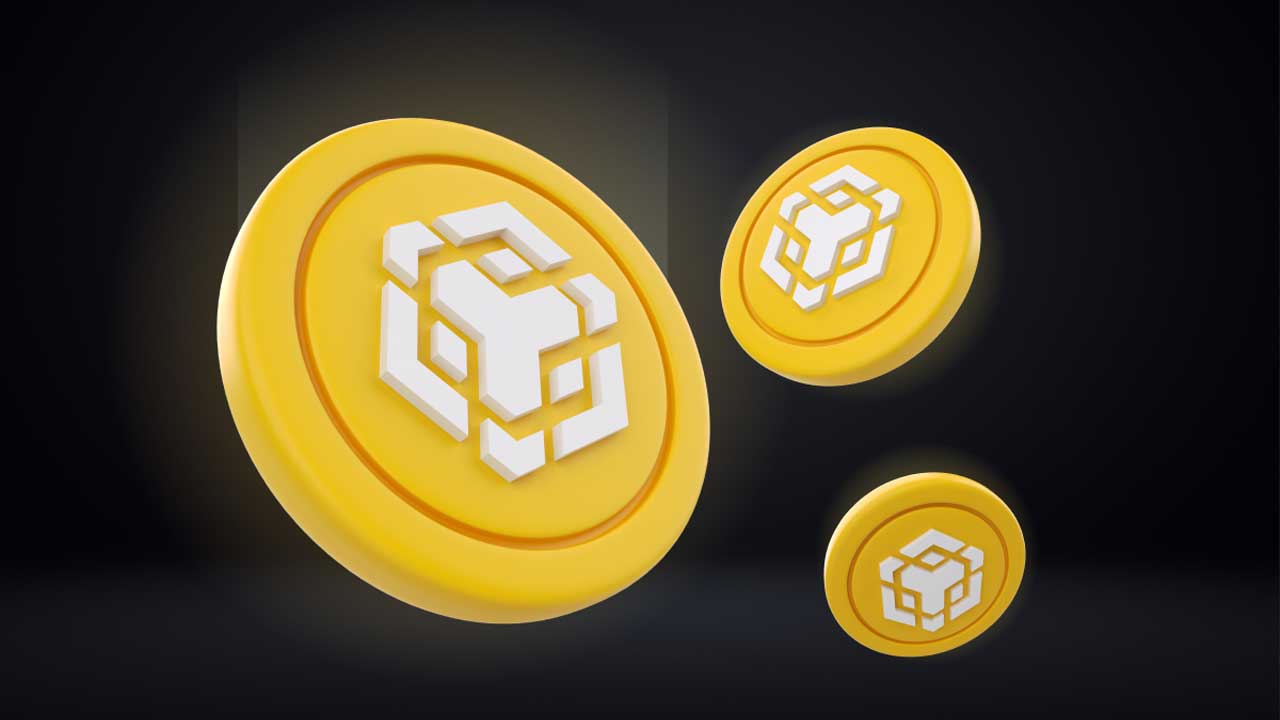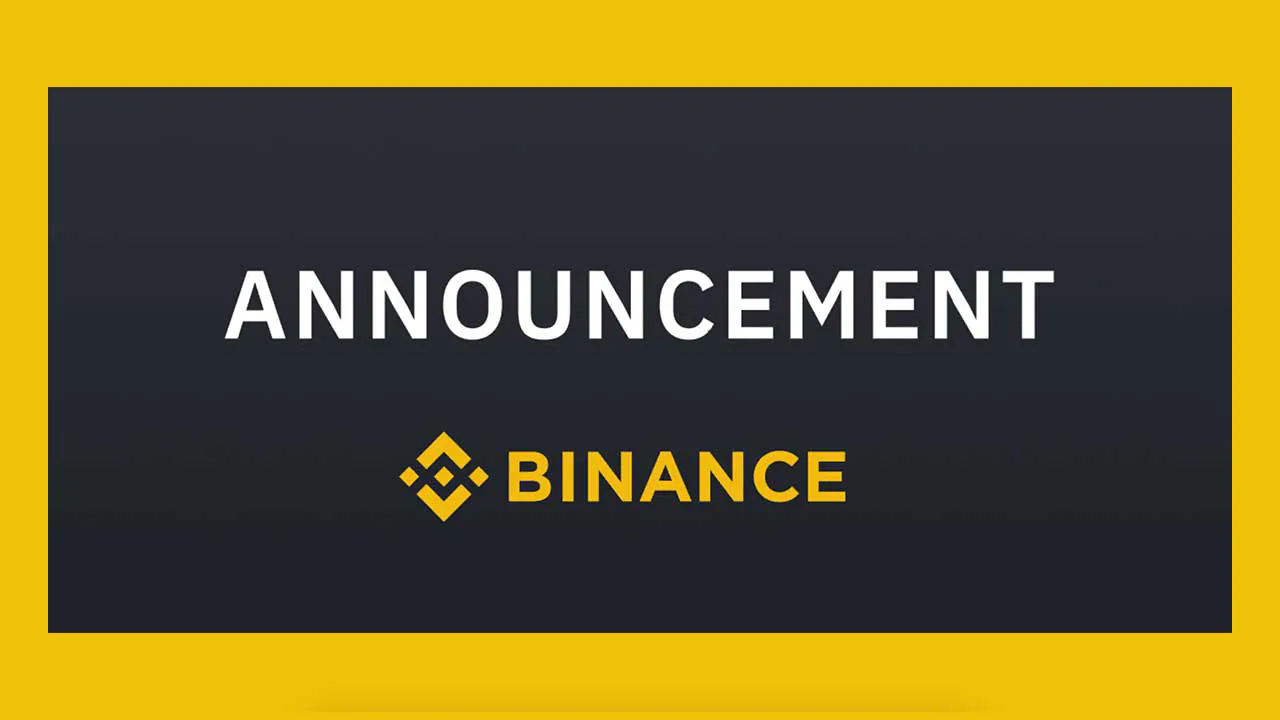Undervalued cryptocurrency tokens
How to analyze undervalued Projects and tokens using market data

Depending on the investment decisions you make, the cryptocurrency market can be either immensely profitable or unprofitable.
When making an investment, it is uncommon to stumble upon sure-fire winners, so there is always a degree of risk involved. Nonetheless, through careful project selection and a process of careful due diligence, you can significantly reduce this risk and increase your chances of success.
Note: Always invest only what you can afford to lose because there are no guarantees in the investment or crypto game. Please be aware that this article is not an investment / financial advice. Always DYOR!
Undervalued token case: WingRiders token (WRT)
The $WRT is currently undervalued, and using several metrics for analysis here, let’s see if this is really the case. What all of these metrics have in common is that they are objective and unarguable; reality can be interpreted in numerous ways, but these metrics are indisputable. Because of their certainty, they serve as a basis for us to reach more reasoned and (hopefully) beneficial judgments.
Market capitalization (Market cap) & fully diluted market capitalization
Market cap is a measurement of a cryptocurrency’s total size. It is the price per token multiplied by the total number of tokens in circulation. The diluted market capitalization represents the price of a single token multiplied by the total number of tokens ever created. This information can be found on CoinMarketCap.
For $WRT to double in price from where it is now, it would need an injection of $5,485,530, which is possible when compared to other tokens of similar projects like for example $MIN which would need $23,788,763 to double in price. Then, for any future doubling, a new amount of capital will be required, and so on.

Using the fully diluted market cap metric in conjunction with standard market capitalization provides a great deal of insight into a coin’s current value. Ideally, the difference between market capitalization and entirely diluted market capitalization should be relatively small. A significant difference indicates that there will be significant inflationary pressure as new coins are issued. This may be an indication that the current value of a coin is inflated.
The current market cap of $WRT is $5,490,758 and the fully diluted market cap is $17,611,043, which is a ratio of 3.2. Let’s compare this with a similar token of a similar project the Min token, with a current market cap of $23,050,852 and a fully diluted market cap of $163,830,757 which gives a ratio of 7.1. The smaller difference between the market cap and the fully diluted market cap of $WRT clearly shows that the token is undervalued.
Fully diluted valuations are crucial when the rate is significantly higher than the current market capitalization. There is no fixed point at which a completely diluted market capitalization becomes hazardous. The general rule of thumb, however, is that a fully diluted valuation greater than 10 times a token’s current market valuation is a red flag. Market capitalizations that are excessively high and entirely diluted are associated with inflationary tokenomics.
A high ratio of market capitalization to fully diluted market capitalization indicates that the coin will be subject to inflation. Since the price of cryptocurrencies is determined by supply and demand, a coin that is presently priced high but will soon have more tokens on the market is risky. Current sellers must pay a premium for a limited number of coins due to a high fully diluted market capitalization, but the market will soon be inundated with a large supply. This increase in supply tends to decrease the value of a coin unless there is substantial demand for it. As past projects have demonstrated, the vast majority of cryptocurrencies with inflationary pricing schemes and tokenomics wind up rapidly losing value.
Total value locked (TVL)
TVL measures the total value of all assets secured by a DeFi protocol. TVL comprises all coins deposited in all DeFi protocols and locked in smart contracts, including staking and liquidity pools. Total value locked can give you a look at the health of a crypto ecosystem and an idea of the intrinsic value created by the protocol.
Total value locked (TVL) is founded on the notion that value can be stored within a cryptocurrency by being deposited, used as collateral, used as liquidity, or staked for interest. The monetary value sealed within a protocol is one method for estimating the asset’s intrinsic, fundamental value.
The TVL ratio is a closely related metric that compares a cryptocurrency’s market capitalization to its total value locked. This ratio is calculated by dividing the market cap by the TVL of the project. In many cases, investors view a crypto asset with a low TVL ratio as undervalued, the smaller this ratio the more undervalued it is.
Looking at the TVL ratio, there is currently $17.32m in TVL on WingRiders, and the market cap is $5,485,530, so the TVL ratio is 0.316 which shows the WRT token is clearly undervalued when compared to Minswap, which has a TVL ratio of 0.454 and Muesliswap has a ratio of 0.608.
Understanding coin distribution
Analyzing coin distribution requires examining the distribution of tokens across the network and determining whether it is excessively concentrated.
Decentralization, the concept that distributing power over a network grants us freedom and autonomy, is arguably the most essential tenet of cryptocurrencies. When currencies are consolidated, the network’s integrity is compromised, and its authority is consolidated. Additionally, unequal distribution raises concerns regarding price manipulation.
Distributed networks prevent small groups from obtaining an excessive amount of control over the protocol or manipulating the price. When a token is introduced, founders and investors receive a distribution. This information can be seen on any block explorer.
If coins or tokens are distributed unequally, it indicates that certain groups and individuals have greater influence over the token and its price. This is inevitable to some degree, but the greater the disparity, the more severe the problem.

Source: WingRiders.com/WRT
It can be observed from the tokenomics and distribution table above that no one entity has any controlling allocation of $WRT tokens making the project very decentralized. Even the VC investors of the presale and private rounds were numerous enough to have a sufficiently diluted influence. More than 12 for a pool of 12M tokens. Together with the public sale participants they hold together 20M tokens balancing the incubation entities.
It’s also important to note that at the time of writing, there are 11,834 $WRT token holders for the 31,178,108 tokens in circulation, who all have voting rights in the decentralized autonomous organization (DAO).
Interpreting trading volume
The volume of a market is the aggregate of all the traders in that market, and the greater the volume, the more efficient and liquid that market typically is.
Volume is crucial because it can assist us in avoiding participation in illiquid, manipulable markets. Additionally, illiquid markets make it challenging to initiate and abandon trades. Obviously, large-cap cryptocurrencies will have greater volume, but many small-cap cryptocurrencies have sufficient volume to be liquid for small investors.
Centralized exchanges (CEXes) can provide valuable liquidity and volume indicators. When an altcoin is listed on a CEX, the team has determined that the asset is liquid enough for a fair and efficient market and that there will be sufficient trading volume for the exchange to generate revenue from fees.
Cryptocurrencies with low trading volume have less efficient markets, which may result in you receiving an unfavorable price when entering and exiting a trade. Markets with greater liquidity and volume are also less likely to be manipulated.
Price of token relative to sale price
Projects raise funds by holding private, pre-sale, and public sales to generate revenue to reinvest in the project for development and other running costs. Sale formats can include initial coin offering (ICO), initial DEX offering (IDO), fair initial stake offing (FISO), and other formats. It’s important to research how many sales a project has had and what the token price was for each of these rounds. Once that’s established, you can work out the undervaluation ratio. The undervaluation ratio is computed by dividing the ICO price by the current price. The greater the ratio, the greater the token’s undervaluation. This strategy implies that the token will reach at least the ICO price at some point in the future. This ratio can be calculated for each of the sales that the project has had.

Source: WingRiders.com/WRT
$WRT had a presale at $0.35, a private seed round at $0.40 sale, and a public round at $0.45. Currently, at the time of writing, the price is $0.178. Therefore calculating this ratio to the lowest sale price of $0.35 the ratio is 1.966 or in another way there is a minimum of 97% to the upside or the token is nearly half price, which is amazing.
Undervaluation based on all-time high (ATH) price
The term all-time-high (ATH) refers to the asset’s highest market capitalization since its listing.
During the late-2021 bull run, a number of cryptocurrencies reached new all-time high records when Bitcoin attained a new ATH in mid-November. Each cryptocurrency exchange has its own Bitcoin ATH price.
In addition, the term can be used to describe the asset’s supposed potential. However, there are no guarantees that the asset will ever again attain its all time-highs, so it may have been a one-time achievement.
The ratio in this instance is ATH price / current price. Here, we presume that the token will recover to ATH (or a price near it) in the future. The greater the distance between the current price and the last ATH, the more the token is undervalued.
The ATH of $WRT was in July 2022 at $0.65 and considering this metric with the current price ($0.178) that would give a 365% potential for appreciation or a 3.65X. Again this metric clearly shows how undervalued $WRT really is. Let’s also remember that in previous crypto cycles the ATH has always been exceeded by many multiples.

Understanding the project behind the token
Fundamental analysis is the process of determining an asset’s intrinsic value in order to determine whether it is overvalued or undervalued. This data can then be combined with technical analysis to determine whether to purchase or sell an asset.
In cryptocurrency fundamental analysis, the standard method for evaluating traditional market assets is somewhat modified. Crypto assets lack the requisite historical data, as there is typically no history of profit and loss statements or earnings reports.
For cryptocurrency analysis, it is necessary to gather all available data on the asset by conducting research on its use cases, network, achievement of the project roadmap, vesting schedules, etc. Before investing, you can determine the fundamental value of an underlying project by considering the appropriate set of factors.
WingRiders has continuously exceeded its initial scope by a large margin, and under the direction of the DAO, it will keep improving and growing even further. Many exciting new features are on the roadmap that can propel the project to new heights with the start of the new bull market. To keep this article short, you can read about the project’s full history and achievements in detail here to understand why the protocol is a leading DEX on Cardano and why the $WRT token has an incredibly bright future.
It is important to note that the price of the $WRT token is highly dependent on the state of the Cardano ecosystem as a whole. If the ecosystem is growing in terms of total value locked (TVL) and $ADA is increasing in value, the impact on the $WRT price will also be positive and of course, the reverse of this is also true.
Delegate Your Voting Power to FEED DRep in Cardano Governance.
DRep ID: drep12ukt4ctzmtf6l5rj76cddgf3dvuy0lfz7uky08jfvgr9ugaapz4 | We are driven to register as a DRep by our deep dedication to the Cardano ecosystem and our aspiration to take an active role in its development, ensuring that its progress stays true to the principles of decentralization, security, and community empowerment.DELEGATE VOTING POWER!








